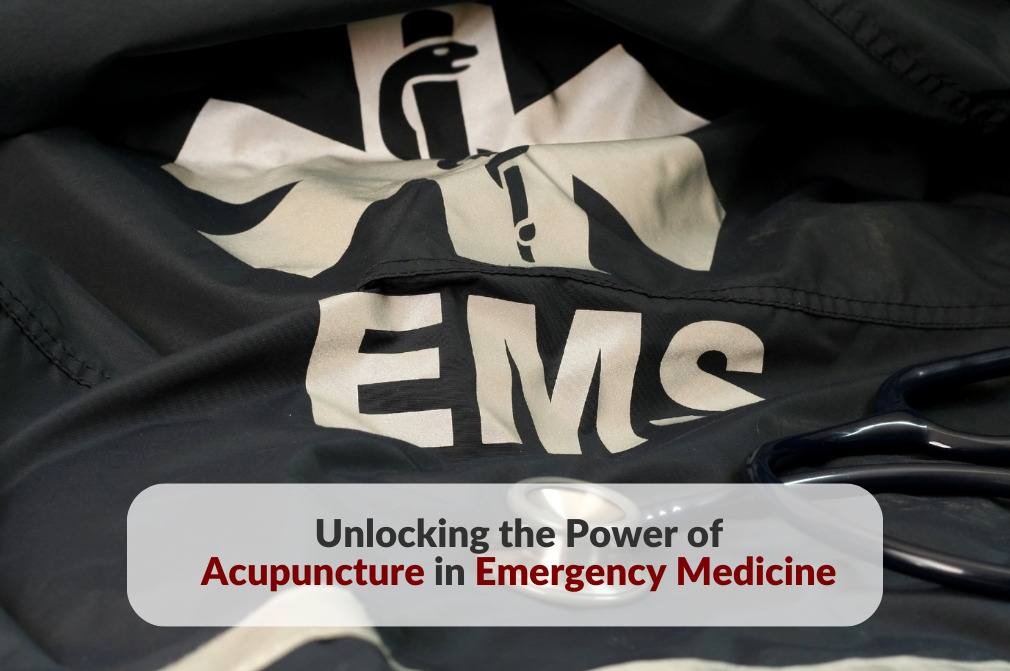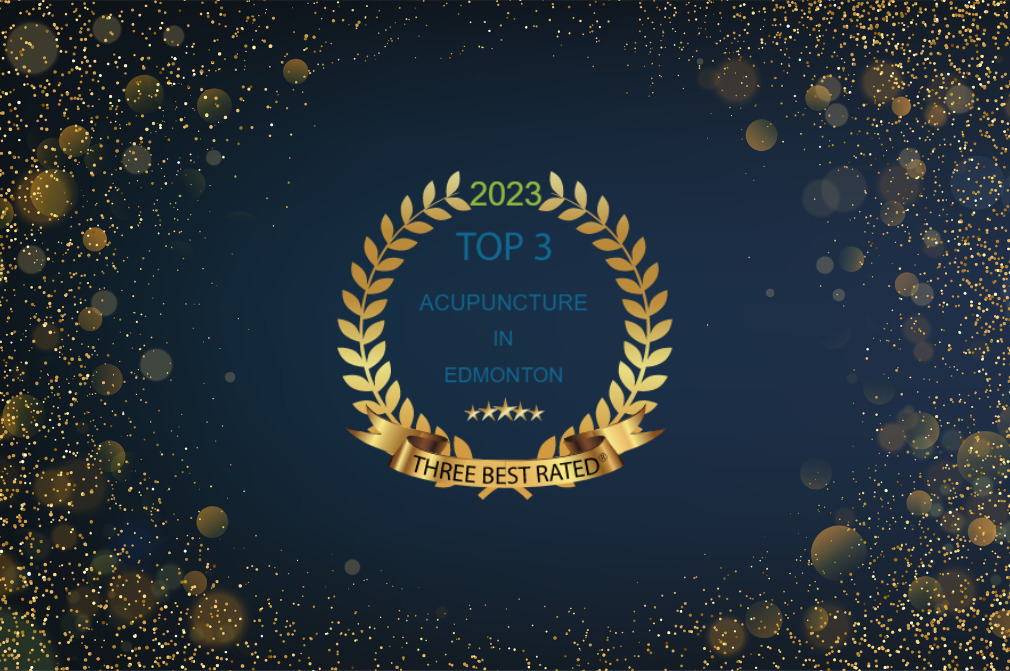Unlocking the Power of Acupuncture in Emergency Medicine
A Comprehensive Look at Acupuncture in Emergency Settings: Unpacking Two Pivotal Studies
Emergency rooms often serve as the first stop for patients in severe distress. Here, quick and effective treatments are crucial. Traditional options like opioids have been the go-to solutions. Yet, these drugs come with their own risks. They can lead to addiction and other harmful side effects. This is where acupuncture in emergency medicine shines. It offers a safer and more effective choice. This article digs into two key studies. They explore the pros and cons of using acupuncture in emergency care settings.
Early Insights from the Fleckenstein Study: A Milestone in Emergency Acupuncture
In 2011, a pioneering study led by Fleckenstein and his team set the stage for what would become a growing interest in acupuncture’s role in emergency medicine. The study was small but impactful, involving 60 patients who were in need of immediate care. The results were eye-opening: over half of the patients reported a significant improvement in their symptoms, and a quarter even experienced complete relief. These outcomes were not just statistically significant; they were life-changing for the patients involved. For a more in-depth look at this groundbreaking work, you can consult the published study.
Methodology and Groundbreaking Findings
The Fleckenstein study was methodically sound, employing a straightforward approach to gather data. Patients received acupuncture treatments directly from emergency medical services on-site. After the treatment, they rated their symptoms using a scale, providing valuable data for the study. The results were particularly promising for those suffering from nausea and vomiting, offering a new avenue for symptom relief in emergency settings.
The ACUITY Study: The Next Step in Emergency Acupuncture Research
Fast-forward to 2022, and the ACUITY study is taking the research on acupuncture in emergency settings to the next level. The study is still in progress, but the early results are encouraging. So far, 84 patients have participated, and the feedback from medical staff has been overwhelmingly positive. This suggests that the medical community is becoming more open to alternative treatments like acupuncture. For further details, you can read the published study.
Objectives and Promising Early Outcomes
The ACUITY study is ambitious in its scope. It aims to conduct a large-scale randomized control trial (RCT) to provide more definitive answers about acupuncture’s effectiveness in emergency settings. One of the study’s key objectives is to examine the feasibility of data collection in such a high-stakes environment. The early indications are promising, suggesting that the study is well-positioned to provide valuable insights that could shape the future of emergency medicine.
By expanding on these areas, we get a more comprehensive understanding of how acupuncture is making inroads into emergency medicine. Both the Fleckenstein and ACUITY studies serve as critical milestones in this journey, offering hope for more effective, patient-centered treatments in emergency settings.
Key Points in Acupuncture: Why They Matter
Both studies talk about special points on the body. These points can help with nausea and pain. This fits well with our holistic health approach.
The Science Behind the Points: More Than Just Needles
Acupuncture operates on an ancient concept known as Qi, or life force. According to traditional Chinese medicine, Qi flows through pathways in the body known as meridians. When this flow gets blocked, it can lead to various health issues. Acupuncture aims to unblock these pathways by stimulating specific points on the body. But it’s not just about inserting needles randomly. Each acupuncture point corresponds to specific organs or functions. Modern science also supports this. Studies show that stimulating these points can release endorphins, the body’s natural painkillers. So, acupuncture doesn’t just offer symptom relief; it aims to restore your body’s natural balance, aligning well with our holistic health approach.
Patient Views: The Heart of Effective Treatment
In the ACUITY study, patients get to rate their own pain and stress levels. This self-assessment is crucial for several reasons. First, it gives patients a voice in their own treatment. Second, it provides real-time data that can be invaluable for ongoing research. Over time, this kind of feedback can help us understand the long-term effectiveness of acupuncture. It’s a patient-centric approach that echoes the principles of our pain management program.
Why We Need to Listen to Patients: Tailoring Treatment Plans
Listening to patients is not just a nice-to-have; it’s a must-have. When healthcare providers take the time to listen, they can tailor treatments to individual needs. This is especially important in emergency settings, where stress and pain levels are high. Personalized care can make all the difference in both patient outcomes and satisfaction. It’s a win-win situation: patients feel heard and cared for, and healthcare providers can offer more effective treatments.
What Health Workers Think: The Inside Scoop
Medical staff in emergency rooms have unique insights. They’re the ones on the front lines, dealing with a range of medical situations under high-stress conditions. Their views on integrating acupuncture can provide a reality check. They can point out logistical challenges, from staffing to equipment. But they can also highlight the benefits they’ve observed, such as quicker patient recovery times or reduced need for pharmaceutical interventions. Their feedback is essential for any healthcare facility considering the inclusion of acupuncture in emergency settings.
Wrap-Up: The Road Ahead is Paved with Opportunities
Both the Fleckenstein and ACUITY studies make it clear: acupuncture holds significant promise in emergency medicine. As our healthcare landscape continues to evolve, integrating traditional and modern approaches becomes more critical. Acupuncture offers a safe, effective, and patient-friendly alternative for pain management and symptom relief. With ongoing research and a growing openness to integrative healthcare, the future for acupuncture in emergency medicine looks not just promising, but transformative.





